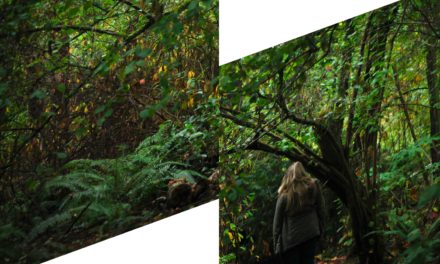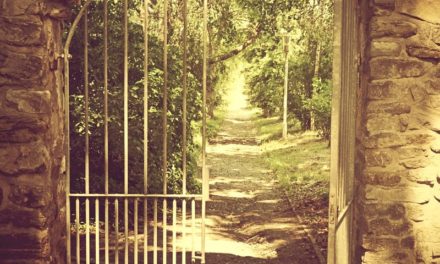You may recall the Challenger Space Shuttle disaster of 1-28-86 where all 7 astronauts were killed when it broke apart 73 seconds into its flight. But what you may not know was that the problem was not with the shuttle. There were no defective parts on or in that space vehicle! The problem was in those making critical decisions. The shuttle was certified and qualified only down to 40oF launching temperature. The O-rings, as well as many other critical components, had no test data to support any expectation of a successful launch in temperatures colder than that. The fault was in management decision-making. On the day of launch it was 18oF. They were in no-man’s land! The shuttle should not have left the pad! But someone thought temperature was not that big a thing. God has given mankind another type of space vehicle, one designed to get everyone safely to heaven—the sanctuary. As we consider its design, what parts can we consider unimportant?
- The camp around it?
- The distance between the camp and the sanctuary?
- The placement of things (n,s,e,w)?
- The various materials used?
- The colors?
- The measurements?
- The quantities given?
Since “All scripture is given by inspiration of God, and is profitable for doctrine, for reproof, for correction, for instruction in righteousness” (2Tim 3:16), wouldn’t it seem prudent to take every detail seriously that God chose to mention as needful to the smooth running of the “shuttle”? In the book What Converted Amun? this attitude is taken seriously. The book discusses the levels of conversion, using the sanctuary as a model (the one in Exodus since it was given specifically by God and mentioned seven times), and written in story format, to make the “study” more appealing. To help the reader from getting bogged down in the story, footnotes are used to document sources. If s/he wants to go back and read it as a “study” that can be done, using the footnotes.
There are many aspects of the sanctuary that are not covered in the story simply because the focus is on conversion and building a relationship with the heavenly family. It’s sort of like going shopping at Walmart. You go in, look for the things you need, buy them and leave, taking with you only a minute fraction of what the store offers. That’s what we have done in What Converted Amun? To determine the significance of those details we considered “connected” to the topic, we took what the Biblical record contributes, what is implied in the original language (not the translated word), how it is used in the natural world and daily life, and if there is any supporting inspiration outside of the Biblical record (EGW). When we could find nothing significant, its “interpretation” was not pursued.
By using the above method we have discovered many things:
- To really understand the power of the sanctuary we need to approach it miles away… on foot
- Why God used the compass
- Where the Sanctuary says Jesus must die… before anyone even enters the Courtyard
- Where the Garden of Gethsemane is pictured, and why
- The difference between the Sanctuary and the Tabernacle
- Where the five senses are portrayed
- What in the Holy Place connects with Day 4 of Creation
- Why the Altar of Incense is mentioned at the very last, even after the anointing oil and incense
- There is a COUNTDOWN that begins in the Courtyard and ends at a blood-red line… where?
- Where the sanctuary illustrates the Covenant with two numbers
- How the character of the 144,000 of Revelation 7 are identified and described in the Most Holy Place
- Why there is no back door.
When we see the sanctuary as a “complete system of truth, connected and harmonious” (GC 423), we will better grasp the treasure we have in it—a key to unlock many mysteries. A divine mind laid its principles broad and deep. To better understand the ways of God the sanctuary should not be treated as a little “shoe store” or ”tire store” that we access only occasionally to get a better grasp on salvation, but rather as a huge shopping complex meeting the needs of our daily life.
To receive a free copy of the manuscript (145 pages) send your email address to bandablum@gmail.com, and in the subject line type: What Converted Amun?






